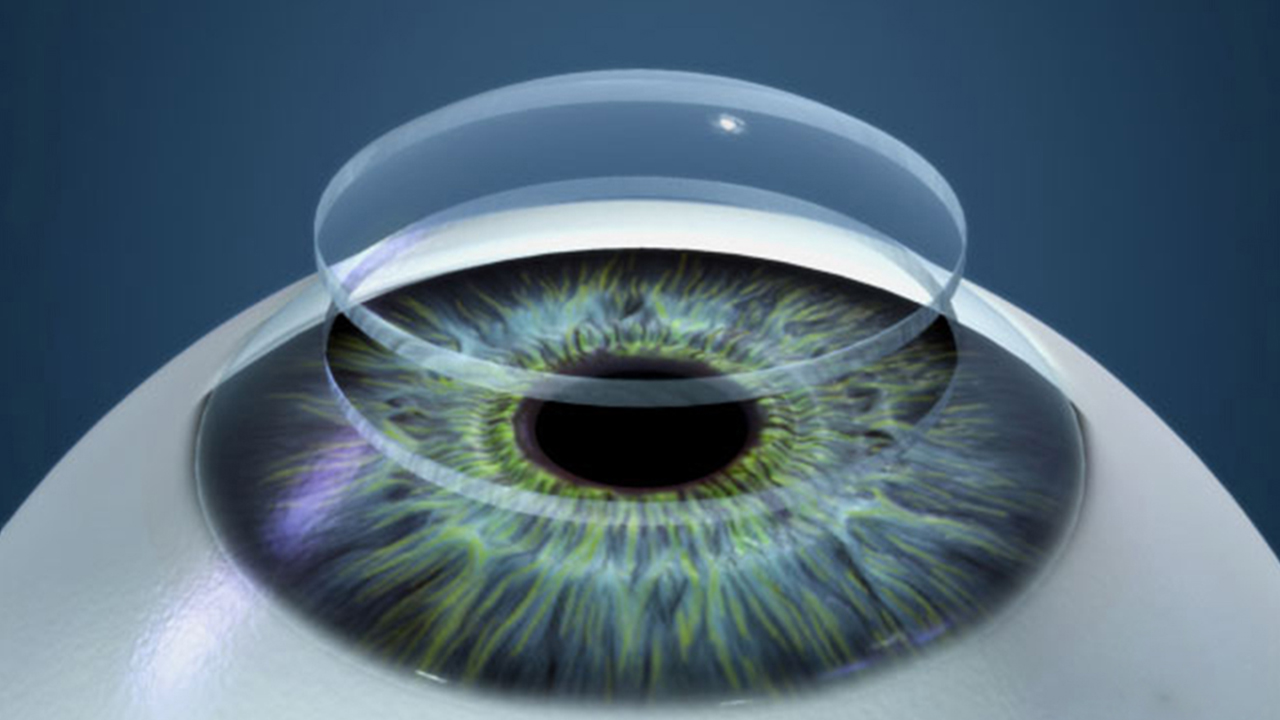Show Notes 2 September 2022
Story 1: A river in Holland now has an experimental bubble barrier to capture plastic waste
Source: The Guardian Story by Senay Boztas
Source: CNN Story by Maheshpreet Kaur Narula
Link: https://www.cnn.com/2021/06/08/europe/bubble-barrier-sea-c2e-spc-intl/index.html
See video here: https://www.youtube.com/watch?v=h-0A8hbty4w
- Up to 80% of ocean plastic is thought to come from rivers and coastlines.
- This past July the city of Katwijk in Holland installed a remarkable bubble barrier to capture plastic waste in the Oude Rijn river that runs through the city before it reaches the North Sea.
- Created by a group called “The Great Bubble Barrier” the system includes a perforated 390-foot-long tube placed on the bottom of the river, at a diagonal angle.
- It’s kind of like a soaker hose. But, instead of water, compressed air is pumped through it.
- The rising horizontal curtain [or wall] of air bubbles from the tube creates an upward current that lifts the plastic waste to the surface.
- And then at the surface – together with the flow of the river – the plastic waste is pushed to one side where it can be collected.
- With the capture system’s ability to snag plastic as small as 10 millimeters, the Great Bubble Barrier team says they expect to be able to remove from 86% to 90% of the plastic waste in the river.
Story 2: Ships with nuclear-powered desalination plants could help fight water shortage crisis
Source: Aquatechtrade.com
Link: https://www.aquatechtrade.com/news/desalination/floating-nuclear-desalination/
Source: Core Power
Link: https://corepower.energy/report/the-future-of-water
- Recently, a UK-based maritime technology company called Core Power, announced its proposal to create ships with nuclear-powered desalination plants to convert seawater into freshwater.
- The ships would be based on existing standard cargo ship hull designs and would have huge water storage tanks.
- The key strategy behind this idea is the flexibility to deploy desalination ships globally to target areas of greatest need.
- However, this is not the world’s first idea to create floating desalination plants.
- But current floating solutions are barge-like structures fixed to a static location.
- And most current floating desalination systems use either generators powered by fossil fuels or hybrid schemes pairing these systems with wind or solar powered solutions, which are subject to weather variables.
- The Core Power team advocates nuclear powered carbon dioxide free solutions to offer consistent weather-proof power.
- Core Power’s proposal also calls for the use of next generation of nuclear reactors such as the molten salt reactors and heat pipe reactors that offer increased nuclear safety and security.
- Both these reactor types are low-pressure systems vastly reducing the risks of contact with radioactive material.
- They are also small enough to use modular shipyard construction decreasing build time and cost.
- These reactors, having both modularity and walk away safety by design, will be able to provide cheaper and safer nuclear power.
- And here’s another difference with Core Power’s system – Traditional desalination relies on heat-based methods with water being boiled to produce a steam that condenses into drinkable water.
- Instead, Core Power’s proposed mobile ship desalination system would be based on the widely used reverse osmosis technology.
- Reverse osmosis removes contaminants from unfiltered water when pressure forces it through a semipermeable membrane.
Story 3: An innovative solar glass facade will generate all the electricity needed for a multi-story building, and much more!
Source: InterestingEngineering.com Story by Ameya Paleja
Link: https://interestingengineering.com/innovation/australian-building-solar-facade
- It’s great to have solar panels on the top of high-rise buildings. But what if a huge portion of an entire side of a building could generate electricity?
- To demonstrate this possibility, a building under construction in Melbourne, Australia will have an innovative outer façade comprised of glass panels with photovoltaic technology baked in.
- Most solar energy capturing technologies for building facades involve attaching traditional solar panels to the wall surface.
- But the team at Australia-based design studio Kennon wanted to pursue a much more aesthetic approach. They realized that using photovoltaic cells embedded in panels that look like beautiful reflective glass windowpanes would be a great idea.
- After clearing a host of testing to gain safety approvals, the plan for their eight-story building is to have the north facing facade incorporate 1,182 thin-film photovoltaic solar panels made by the German firm Avancis.
- The façade’s design is comprised of alternating vertical columns of solar panels and regular glass windows.
- And this new façade will generate 50 times more electricity than if solar panels were only installed on the roof – generating far more than the building’s total electricity needs.
- And with so much green energy generated it’s estimated that the building will prevent 78.4 tons of carbon dioxide from being released into the atmosphere every year.
Story 4: Cornea Implants Made from Pig Skin Restored Eyesight in a Small Clinical Trial
Source: Smithsonian Magazine Story by Sara Kuta
- Corneas with mild damage can heal on their own, but some people with severe conditions may need a human donor cornea graft to regain their vision.
- Cornea grafts can be expensive, invasive, and time-consuming surgeries that require patients to take medication for more than a year to ensure their bodies don’t reject the donor tissue.
- Now, researchers at the Thor Balkhed / Linköping University in Sweden have developed a novel solution involving bioengineering cornea implants using medical-grade collagen derived from pig skin to create a transparent hydrogel.
- In a recent experiment involving 20 participants, surgeons made a tiny incision in each of the patient’s corneas and inserted the hydrogel, which helped thicken and reshape the cornea to restore its functionality.
- The results so far: Fourteen of the 20 participants were blind before the procedure but regained some or all of their sight after receiving the implants; they were also able to wear contact lenses again. Three of the blind patients achieved perfect 20/20 vision after the transplants.

